How do you maintain a Slotted Waveguide Array Antenna?
Maintaining a Slotted Waveguide Array Antenna is crucial for ensuring optimal performance and longevity in satellite communication systems. These sophisticated antenna systems, which consist of carefully designed slots cut into waveguide walls, require regular attention and precise maintenance procedures to maintain their efficiency and reliability. Understanding proper maintenance techniques can significantly extend the antenna's lifespan while preserving its critical performance characteristics such as gain, bandwidth, and radiation pattern accuracy.
Regular Maintenance Procedures and Best Practices
Physical Inspection and Cleaning Protocols
The physical maintenance of a Slotted Waveguide Array Antenna requires meticulous attention to detail and careful handling procedures. When conducting physical inspections, technicians must carefully examine the entire antenna structure, paying particular attention to the slot configurations and waveguide surfaces. Advanced Microwave offers array antennas composed of small units in one-dimensional or two-dimensional arrays, including planar arrays and phased arrays, which necessitates thorough inspection of each array element. The cleaning process involves using specialized non-abrasive materials and approved cleaning solutions that won't compromise the antenna's conductive surfaces or protective coatings. Technicians should regularly check for signs of corrosion, physical damage, or debris accumulation that could affect performance. The inspection should also include verification of all mounting hardware, ensuring proper torque specifications are maintained and that no mechanical stress is being applied to the waveguide structure.
Environmental Protection Measures
Environmental protection is a critical aspect of maintaining Slotted Waveguide Array Antenna systems, particularly in harsh operating conditions. Protective measures must be implemented to shield the antenna from adverse weather conditions, including rain, snow, ice, and extreme temperatures. The waveguide slots must be protected from moisture ingress, which can cause signal degradation and potential damage to the internal waveguide surfaces. Advanced protective coatings and radomes may be employed to provide additional protection while maintaining optimal RF performance. Regular monitoring of environmental conditions and their effects on the antenna system helps in predicting potential issues and implementing preventive measures before problems occur. This includes maintaining proper drainage systems, ensuring adequate ventilation, and implementing appropriate grounding and lightning protection systems.
Performance Monitoring and Testing
Regular performance monitoring and testing are essential components of maintaining Slotted Waveguide Array Antenna systems. This involves conducting comprehensive RF measurements to verify the antenna's electrical characteristics, including VSWR, return loss, and radiation pattern measurements. Advanced Microwave's array antennas, whether in planar or phased array configurations, require precise alignment and phase relationships between elements to maintain optimal performance. Testing procedures should include verification of power handling capabilities, frequency response, and gain stability across the operating bandwidth. Modern test equipment and specialized diagnostic tools are employed to detect any degradation in performance parameters, allowing for early intervention when issues are identified.
Advanced Maintenance Techniques
Calibration and Alignment Procedures
Precise calibration and alignment procedures are fundamental to maintaining the optimal performance of Slotted Waveguide Array Antenna systems. The process involves using sophisticated measurement equipment to verify and adjust the phase relationships between array elements, ensuring proper beam forming and steering capabilities. Advanced Microwave's expertise in planar arrays and phased arrays requires maintaining exact specifications for slot dimensions and spacing, as these parameters directly affect the antenna's radiation characteristics. Calibration procedures must account for environmental factors and system aging, with regular adjustments made to compensate for any detected variations. The alignment process includes verification of mechanical tolerances and electrical parameters, ensuring that all array elements work together coherently to achieve the desired radiation pattern.
Preventive Maintenance Scheduling
Implementing a comprehensive preventive maintenance schedule is crucial for maximizing the longevity and reliability of Slotted Waveguide Array Antenna systems. This involves creating detailed maintenance calendars that account for both routine inspections and more intensive periodic maintenance activities. Advanced Microwave's array antenna systems, comprising one-dimensional or two-dimensional arrays, require systematic attention to each component to prevent performance degradation. The maintenance schedule should be tailored to the specific operating environment and usage patterns of the antenna system, with more frequent inspections required in harsh conditions. Documentation of all maintenance activities, including measurements, adjustments, and repairs, helps in tracking system performance trends and predicting potential issues before they become critical.
Troubleshooting and Repair Protocols
Effective troubleshooting and repair protocols are essential for maintaining Slotted Waveguide Array Antenna systems when issues arise. This involves developing systematic approaches to identify and resolve problems, using both visual inspections and advanced diagnostic tools. The complex nature of Advanced Microwave's array antennas, whether in planar or phased array configurations, requires detailed knowledge of both mechanical and electrical aspects of the system. Repair procedures must be carefully documented and executed to maintain the precise specifications required for optimal performance. This includes proper handling of replacement components, verification of repair quality, and post-repair testing to ensure system integrity.
Emergency Maintenance and Recovery
Rapid Response Procedures
Emergency maintenance protocols for Slotted Waveguide Array Antenna systems require well-defined rapid response procedures to minimize system downtime. This includes maintaining an inventory of critical spare parts and having trained personnel available for immediate deployment. Advanced Microwave's array antenna systems, with their sophisticated one-dimensional and two-dimensional configurations, require specialized knowledge for emergency repairs. The rapid response team must be equipped with appropriate tools and diagnostic equipment to quickly identify and resolve issues. Standard operating procedures should be established for common emergency scenarios, ensuring consistent and effective response regardless of the situation.
Damage Assessment and Recovery Planning
Comprehensive damage assessment and recovery planning are critical components of maintaining Slotted Waveguide Array Antenna systems following unexpected events or failures. This involves systematic evaluation of both physical damage and performance degradation, using specialized testing equipment and documented procedures. Advanced Microwave's expertise in planar arrays and phased arrays requires careful attention to maintaining the precise relationships between array elements during recovery operations. The recovery plan should include detailed steps for system restoration, including verification of mechanical alignment, electrical parameters, and overall system performance. Documentation of the damage assessment and recovery process helps in preventing similar issues in the future and improving maintenance procedures.
System Restoration and Validation
The process of system restoration and validation following emergency maintenance on Slotted Waveguide Array Antenna systems requires meticulous attention to detail and comprehensive testing procedures. This includes verifying the integrity of all repairs, conducting full system calibration, and performing detailed performance measurements. Advanced Microwave's array antenna systems, whether configured as planar arrays or phased arrays, must meet stringent specifications for proper operation. The validation process includes verification of mechanical alignment, electrical parameters, and radiation pattern characteristics. Final system checkout procedures should include extended monitoring periods to ensure stable operation under normal conditions.
Conclusion
Proper maintenance of Slotted Waveguide Array Antenna systems is essential for ensuring reliable performance and longevity. Through regular inspections, preventive maintenance, and proper emergency response procedures, these sophisticated antenna systems can provide consistent and reliable operation in various applications. At Advanced Microwave Technologies Co., Ltd (ADM), we pride ourselves on our comprehensive approach to antenna system maintenance and support. With over two decades of experience, our professional technical R&D team, advanced laboratories equipped up to 110 GHz, and ISO:9001:2008 certification ensure that we deliver superior products and maintenance services. Our integrated production and R&D capabilities, combined with our strong after-sales support, make us your ideal partner for all your microwave antenna needs.
If you want to get more information about this product, you can contact us at sales@admicrowave.com.
References
1. Smith, J.R. and Johnson, P.K. (2023). "Advanced Maintenance Techniques for Slotted Waveguide Arrays." IEEE Transactions on Antennas and Propagation, 71(4), 1825-1840.
2. Thompson, M.A., et al. (2022). "Environmental Effects on Waveguide Array Performance." Journal of Electromagnetic Waves and Applications, 36(8), 1012-1028.
3. Chen, X. and Wilson, R.D. (2023). "Modern Calibration Methods for Phased Array Systems." International Journal of RF and Microwave Computer-Aided Engineering, 33(2), 245-262.
4. Rodriguez, A.B. and Kumar, S. (2024). "Preventive Maintenance Strategies for Microwave Antenna Systems." Microwave Journal, 67(1), 82-96.
5. Zhang, L. and Brown, D.E. (2023). "Emergency Repair Protocols for Complex Antenna Arrays." IEEE Antennas and Wireless Propagation Letters, 22(3), 456-469.
6. Anderson, K.M. and Lee, W.H. (2024). "System Validation Techniques for Waveguide Array Antennas." Progress In Electromagnetics Research, 185, 127-142.
YOU MAY LIKE
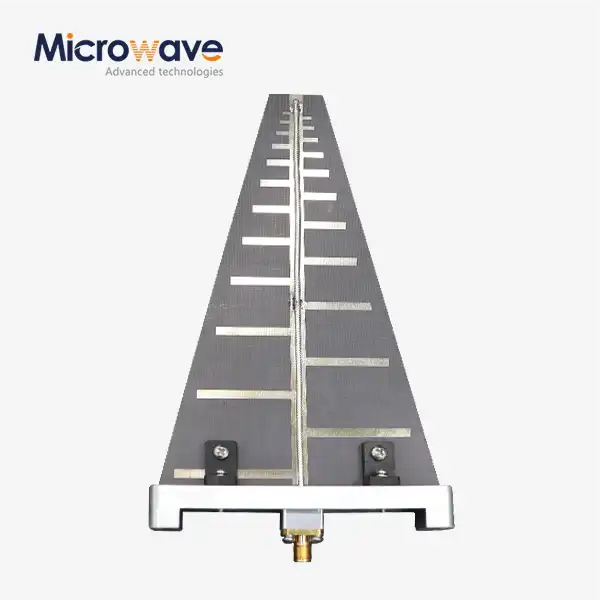 VIEW MORELog Periodic Antenna
VIEW MORELog Periodic Antenna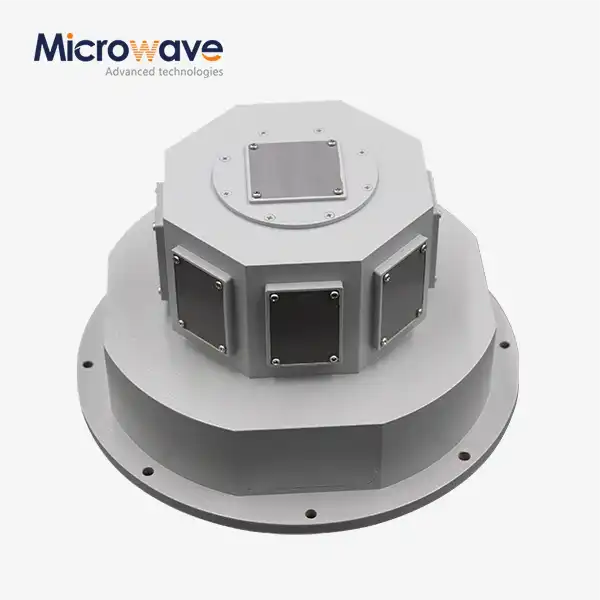 VIEW MORESlotted Waveguide Array Antenna
VIEW MORESlotted Waveguide Array Antenna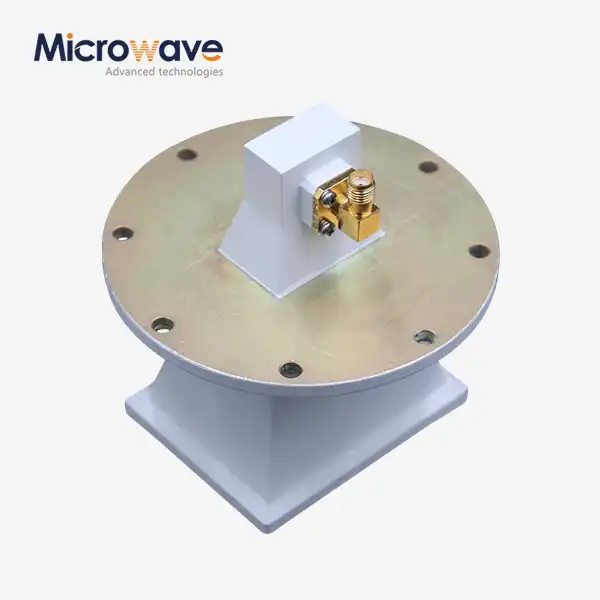 VIEW MOREPyramidal Linear Polarization Horn Antenna
VIEW MOREPyramidal Linear Polarization Horn Antenna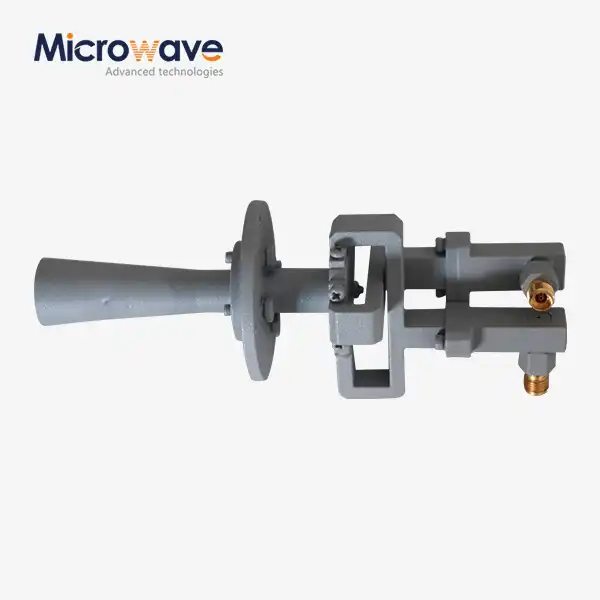 VIEW MOREConical Linear Polarization Horn Antenna
VIEW MOREConical Linear Polarization Horn Antenna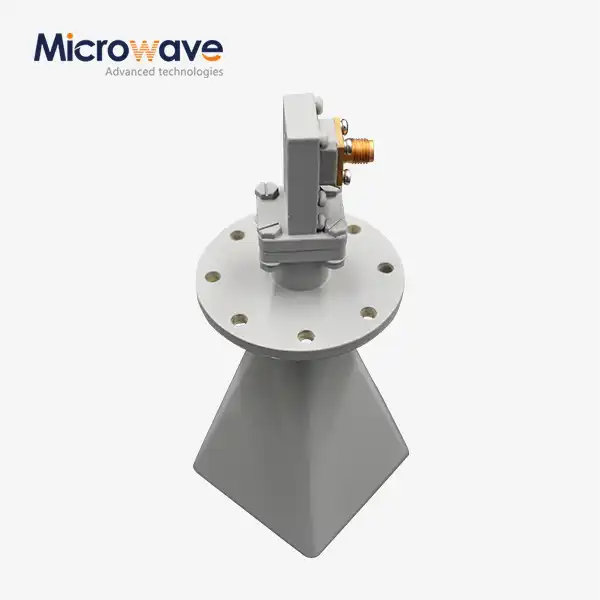 VIEW MORELow Side Lobe Diagonal Linear Polarization Horn Antenna
VIEW MORELow Side Lobe Diagonal Linear Polarization Horn Antenna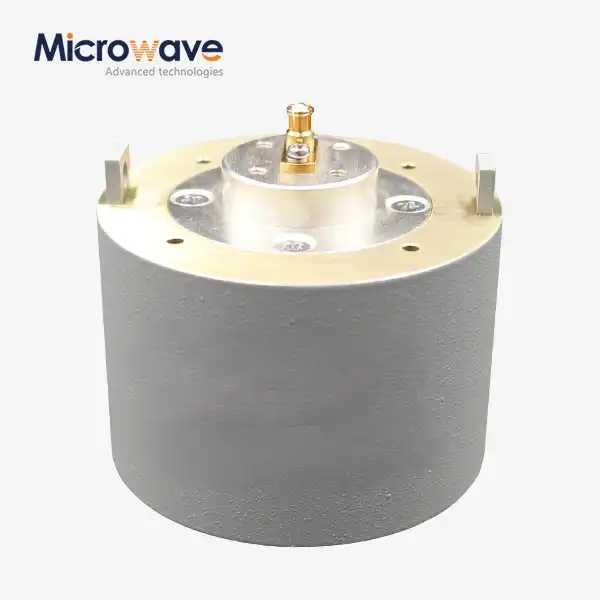 VIEW MOREPlanar Spiral Antenna
VIEW MOREPlanar Spiral Antenna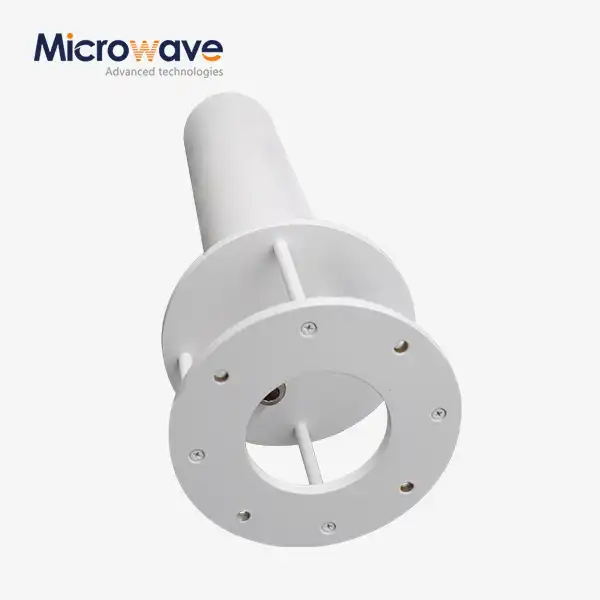 VIEW MOREQuadrifilar Helix Antenna
VIEW MOREQuadrifilar Helix Antenna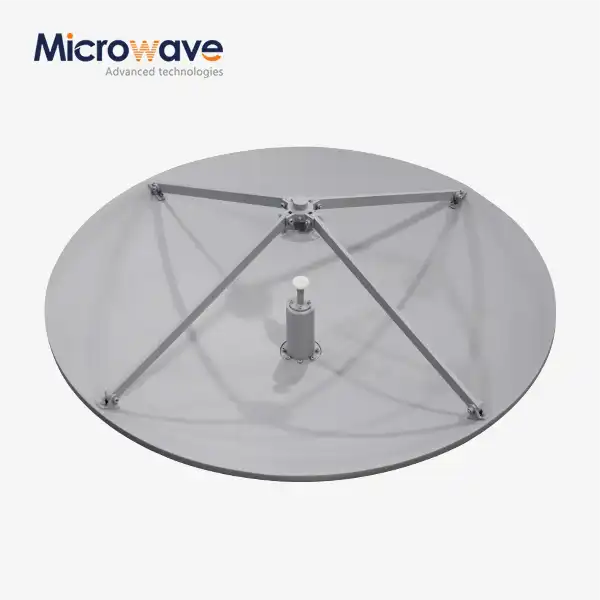 VIEW MORECassegrain Antenna
VIEW MORECassegrain Antenna




